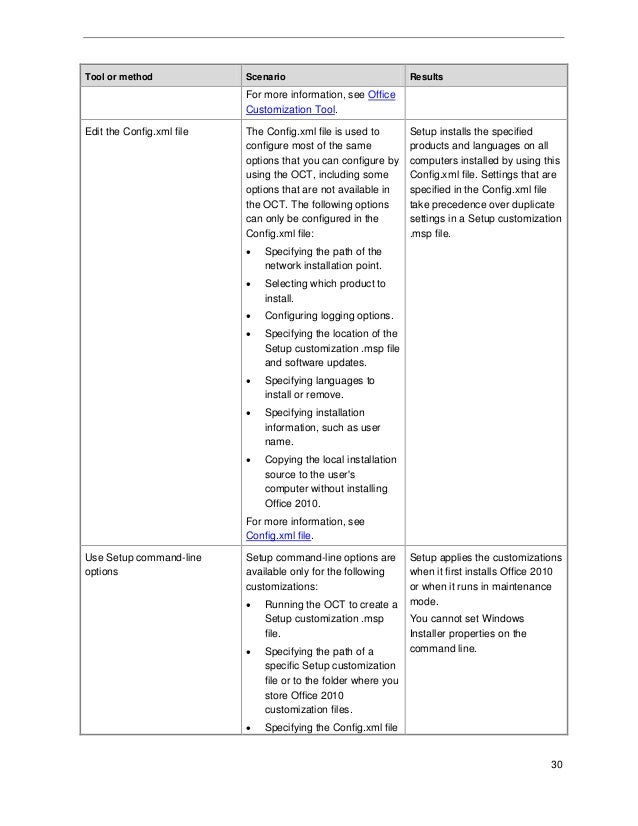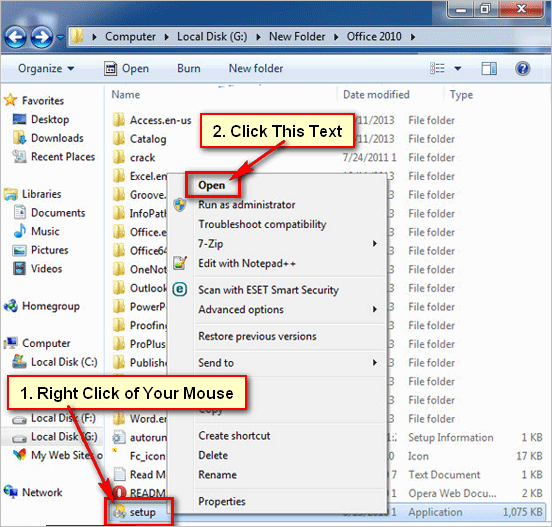Help for all Office apps. Set up your Office 365 subscription. Find how-to articles and video tutorials. Contact our Answer Techs for assisted support. Method 1 – The Manual solution. Since the Setup.xml file is missing. All you have to do is to copy the setup.xml file from the groove folder from the source. Dosto Hamare Saare Video Dekhne Ke Liye Yaha Click Kare:Facebook Page: https://www.facebook.com/.

While there are many how-to's that cover silently installing Office using SCCM or script, there are few methods (that worked for me) for uninstalling it.
Using the msiexec command with the correct product code doesn't work from SCCM, since it invokes a user prompt, and SCCM is set to hide prompts.
Below is what worked for me, using PDQ-Inventory to send a remote command. I expect similar results using something like PSexec or similar tools.


4 Steps total
Step 1: Open Notepad and paste the following
Step 2: Save as an XML file
Click 'File' > 'Save as' and change the 'Save as type' from 'Text Documents (*.txt)' to 'All files (*.*)'
Once you have chosen an appropriate temporary location (Desktop works), choose a name that is meaningful to you; add .xml to the end, and click 'Save'
(I chose UninstallSilently.xml)
Step 3: Copy the file to the PC needing uninstall
On a target machine, navigate to the 'C:Program Files (x86)Common FilesMicrosoft SharedOFFICE14Office Setup Controller' folder.
Place a copy of the .xml file you just created there.
You may need to perform this uninstall on multiple machines, in which case, copying the .XML file would be tedious. In that case, use your mass-deployment tool of choice (I like PDQ-Deploy for this sort of task) and send a command task to your group of machines, {xcopy DeploySilentScript*.xml 'C:Program Files (x86)Common FilesMicrosoft SharedOFFICE14Office Setup Controller' /Y} (Ommitting the curly braces).
Step 4: Execute the uninstall script
Using PDQ-Inventory, PSexec (from PSTools) or however else you prefer to run scripts remotely, execute the following command:
'C:Program Files (x86)Common FilesMicrosoft SharedOFFICE14Office Setup Controllersetup.exe' /uninstall PROPLUS /config UninstallQuietly.xml

In a few minutes, your target client(s) should have removed Office 2010 completely, without any notifications or nag screens to the user.
I have run this in two labs in the past two days, hitting 52 machines so far, and haven't had a single one need to reboot yet.
That said, if there is the possibility of disrupting a user on the machine, you may decide to run this script, as this method does not include suppression of reboots, if they are necessary.
Setup Controller File For Office 2010 64-bit
4 Comments
Ms Office 2010 Setup File
- Thai PepperStandingForChildren Nov 23, 2017 at 10:06pm
Had to use ProPlusWW in command, line but seemed to work well otherwise, thanks
- DatilPeter (Action1) Feb 25, 2019 at 04:32am
Action1 is a free software which can help to uninstall software on multiple computers at the same time. https://www.action1.com/p/Free-Uninstall-Software-Remotely-73.html
- PoblanoChad8135 Jun 4, 2020 at 05:39pm
Thank you for this, I tried so many different ways to get 2010 to uninstall, because OCT with 2016 doesn't properly remove EVERY 2010 asset and there are leftovers which was annoying to me as I wanted 2010 completely gone in place of 2016. One issue I noticed with your guide was in step 3, after 'program files' and before '(x86) there should be a space, (I copy/pasted your step to avoid any typos) and it created an improper folder structure and thus wasn't working at all.
The way I did it was I used PDQ Deploy with 2 steps, first step was a simply copy file which copied the XML from a network share over to the local computer. The next step was to run the actual uninstall command, again using PDQ Deploy even though you suggested Inventory. It seems more complicated and unintuitive to do that way, at least from what I understand about PDQ. Thank you though, this helped a lot.
- TabascoGcracker Jun 8, 2020 at 04:10pm
@Chad8135
Thanks for the kind words! It's been a while since I wrote this one, but it is exactly what I needed back then, and I couldn't find it all in one place at the time.
Thanks for letting me know about the typo! I've corrected the section you mentioned, though I wanted to point out that it was only the description of the command that was missing a space. The command in curly braces {} was correct to being with. I still have the original document that I created for this how-to, and I can see it has the space, so I think something may have been lost in on the SW side when they moved the docs into the newer format.
Cheers!